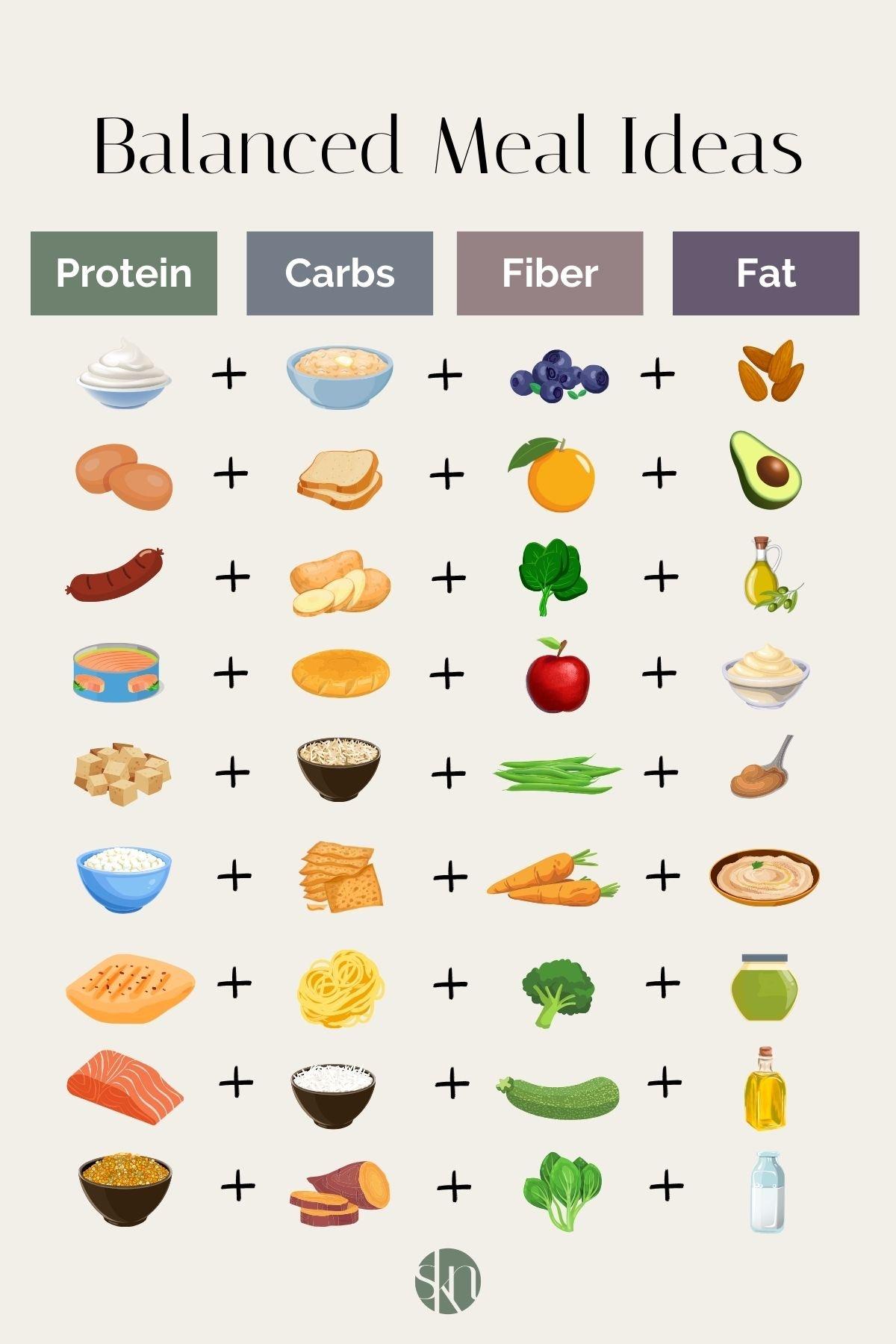In recent years, the pursuit of effective weight management strategies has increasingly turned toward sustainable dietary approaches, with low-carb and high-protein diets gaining prominence. These diets not only promise rapid weight loss but also offer a path to maintaining long-term health and wellness. However, crafting a sustainable slimming plan that incorporates these dietary principles requires a nuanced understanding of nutritional science, lifestyle integration, and individual health needs. This article delves into the analytical framework necessary to construct such a plan, examining the metabolic advantages of reducing carbohydrate intake while increasing protein consumption, and exploring the potential challenges and solutions for maintaining this balance over time. With a confident grasp of dietary mechanics and a strategic approach to meal planning, individuals can harness the benefits of low-carb, high-protein diets to achieve their slimming goals in a healthy and enduring manner.
Understanding the Science Behind Low Carb and High Protein Diets
When crafting a sustainable slimming plan, understanding the underlying principles of low carb and high protein diets is essential. At the core, these diets leverage the body’s metabolic pathways to optimize fat loss and muscle retention. By reducing carbohydrate intake, your body is encouraged to enter a state called ketosis, where it utilizes stored fat for energy rather than glucose. This shift not only aids in weight reduction but also stabilizes blood sugar levels, reducing hunger pangs and promoting a more consistent energy supply throughout the day.
- Carbohydrate Reduction: Limiting carbs forces the body to tap into its fat reserves. Focus on reducing intake from sources like bread, pasta, and sugary snacks.
- Protein Emphasis: A high protein intake supports muscle maintenance and growth, crucial for maintaining a healthy metabolic rate. Incorporate lean meats, fish, eggs, and plant-based proteins.
- Satiety and Energy: Protein-rich foods are more satiating, helping to curb appetite and reduce overall calorie consumption.
- Improved Insulin Sensitivity: Lower carb consumption can enhance insulin sensitivity, aiding in better glucose management and reduced risk of metabolic disorders.
By strategically balancing these elements, you can create a personalized plan that not only promotes weight loss but also supports long-term health and well-being. Embrace this dietary approach with confidence, knowing that each meal contributes to a healthier, more energized version of yourself.

Crafting a Balanced Meal Plan for Sustainable Weight Loss
Creating a meal plan that balances low-carb and high-protein elements is a strategic approach to achieving sustainable weight loss. By focusing on foods that are rich in protein, you can enhance your metabolism and maintain muscle mass, which is crucial for burning calories efficiently. Proteins such as lean meats, fish, eggs, and plant-based options like tofu and legumes should form the cornerstone of your diet. Reducing carbohydrate intake, particularly refined carbs, helps to stabilize blood sugar levels and curb cravings, making it easier to stick to your plan. Opt for complex carbohydrates like whole grains, vegetables, and fruits, which provide essential nutrients and fiber without the rapid spikes in blood sugar.
When crafting your meal plan, consider incorporating the following strategies to ensure it remains balanced and effective:
- Prioritize portion control: Even healthy foods can contribute to weight gain if consumed in excessive amounts. Use smaller plates and pay attention to serving sizes.
- Include a variety of foods: A diverse diet prevents nutrient deficiencies and keeps meals interesting, reducing the temptation to stray from your plan.
- Plan for snacks: Having healthy snacks like nuts, Greek yogurt, or veggie sticks on hand can prevent hunger-driven choices that might derail your efforts.
- Stay hydrated: Sometimes thirst is mistaken for hunger, leading to unnecessary snacking. Aim for at least eight glasses of water a day.
By following these guidelines, you can develop a meal plan that not only supports weight loss but also promotes long-term health and well-being.

Incorporating Nutrient-Rich Foods for Optimal Health
When embarking on a journey to achieve a sustainable slimming plan, incorporating nutrient-rich foods is paramount. Emphasizing a low carb and high protein diet can significantly enhance your health outcomes while promoting weight loss. Protein-rich foods not only help in building and repairing tissues but also keep you satiated, reducing the urge to snack unnecessarily. Consider integrating the following into your daily meals:
- Lean meats such as chicken, turkey, and lean cuts of beef.
- Fish like salmon and mackerel, which are also high in omega-3 fatty acids.
- Eggs, a versatile and complete protein source.
- Plant-based proteins like lentils, chickpeas, and quinoa for a vegetarian-friendly option.
On the other hand, reducing carbohydrate intake doesn’t mean eliminating them completely. Focus on complex carbohydrates that provide sustained energy without spiking blood sugar levels. Opt for foods like:
- Whole grains such as brown rice and oats.
- Vegetables that are low in starch, like spinach, broccoli, and zucchini.
- Nuts and seeds, which offer healthy fats and fiber.
Balancing these nutrient-dense foods within your dietary plan will not only support weight management but also contribute to overall well-being, providing essential vitamins and minerals that are often lacking in restrictive diets.

Monitoring Progress and Adjusting Your Slimming Strategy
Embarking on a low carb, high protein diet requires not just commitment but also a keen eye on how your body responds to these changes. It’s crucial to regularly assess your progress to ensure that your strategy remains effective and sustainable. Regular check-ins can help you determine whether you’re meeting your weight loss goals or if adjustments are necessary. Consider keeping a detailed journal to track your food intake, physical activity, and any changes in your body measurements. Weekly or bi-weekly weigh-ins can provide insight into how your body is reacting, but remember that the scale isn’t the only measure of success. Look for changes in how your clothes fit or improvements in your energy levels as well.
As you monitor your progress, you might find that certain aspects of your plan need tweaking. Listen to your body and be open to making adjustments. If you notice a plateau in weight loss, it might be beneficial to reassess your carbohydrate intake or diversify your protein sources. Consult with a nutritionist if you’re unsure about the best course of action. Additionally, consider incorporating feedback loops into your strategy, such as regular consultations with a dietitian or using apps that provide dietary insights. This way, you can ensure that your plan evolves with your needs, maintaining both its effectiveness and your motivation.
